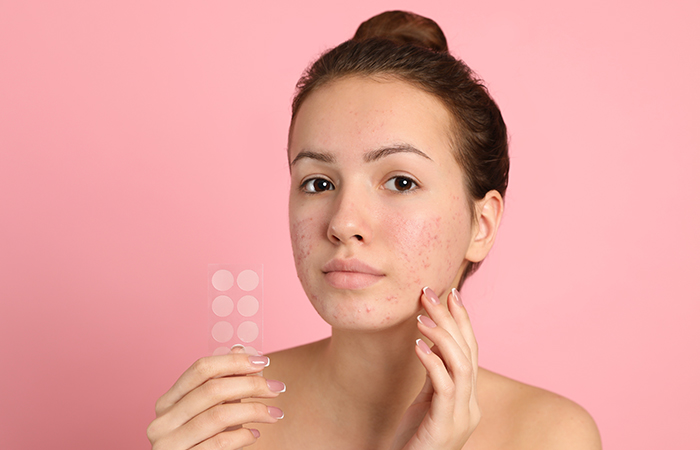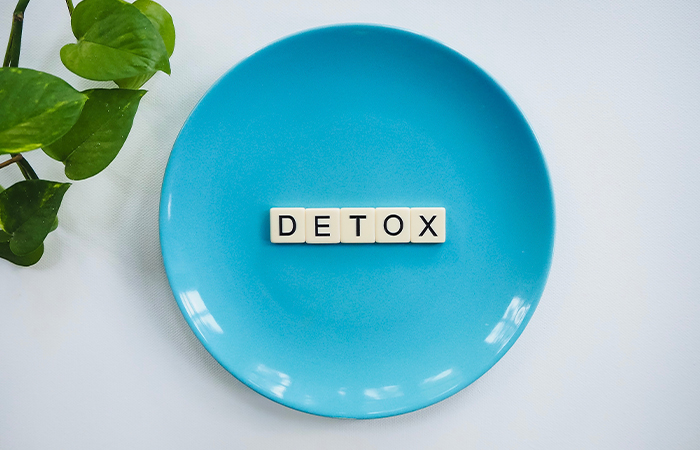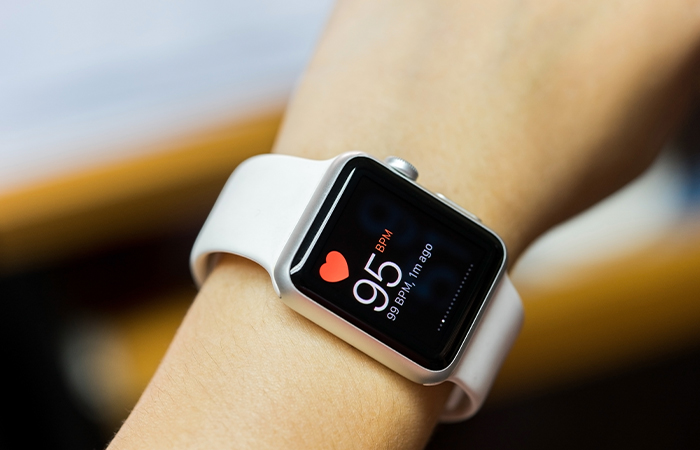The Relationship Between Vitamins and Supplements and Acne

Introduction
The quest for clear, blemish-free skin has led many individuals to explore various vitamins and supplements in the hopes of improving their complexion. While some vitamins and supplements offer skin benefits, others may have unintended consequences and potentially contribute to acne breakouts. In this article, we will delve into the vitamins and supplements that have been linked to acne and explore the underlying mechanisms behind these associations.
the vitamins and supplements that have been linked to acne
– Biotin (Vitamin B7)
Biotin is often hailed as a supplement for promoting hair and nail growth, but excessive biotin intake can lead to acne. This connection is primarily due to the fact that biotin can interfere with the absorption of pantothenic acid (vitamin B5), which plays a role in skin health. The disruption of vitamin B5 metabolism can result in an increased risk of acne.
– Iodine
Iodine is an essential mineral, but excessive intake through supplements can lead to acne-like eruptions. Iodine stimulates the production of sebum, the skin’s natural oil, which can clog pores and contribute to acne development.
– Whey Protein
Whey protein supplements, commonly used by athletes and fitness enthusiasts, have been associated with acne breakouts in some individuals. The exact mechanism behind this is not fully understood, but it may be related to the insulinotropic properties of whey protein, which can lead to increased insulin levels and subsequent sebum production.
– Vitamin B12
While vitamin B12 is essential for various bodily functions, excess supplementation can lead to acne in some individuals. The mechanism here is not entirely clear, but it may involve the interaction between vitamin B12 and the skin’s microbiome, leading to changes in bacteria that can exacerbate acne.
– Iron
Iron supplements are commonly used to address iron-deficiency anemia, but excessive iron intake can lead to a variety of skin issues, including acne. Elevated iron levels can contribute to oxidative stress, inflammation, and increased production of free radicals, all of which can negatively affect the skin.
– Zinc
Zinc is an essential mineral for skin health, and it is often used to treat acne. However, excessive zinc supplementation can disrupt the balance of other minerals in the body, such as copper, potentially leading to acne-like eruptions.
Preventing Acne Caused by Supplements
Moderation: When considering vitamin and mineral supplements, it’s crucial to adhere to recommended dosages and avoid excessive intake. Consult with a healthcare provider before starting any new supplements.
– Balanced Diet: Whenever possible, aim to obtain essential vitamins and minerals through a balanced diet rather than relying solely on supplements. A well-rounded diet can help maintain nutrient balance and reduce the risk of adverse effects.
– Monitoring: Pay close attention to your skin and overall health when introducing new supplements. If you notice changes in your skin, consult with a healthcare provider to determine if any supplements may be contributing to the issue.
– Topical Skincare: In some cases, using topical skincare products containing ingredients like salicylic acid or benzoyl peroxide can help manage acne breakouts caused by supplements.
Conclusion
While vitamins and supplements can offer numerous health benefits, it’s essential to be aware of their potential to trigger acne or other skin issues when taken in excess. Maintaining a balanced diet, adhering to recommended dosages, and monitoring your skin’s response to supplements are key steps in ensuring that you reap the intended benefits without unintended consequences. When in doubt, consult with a healthcare provider or dermatologist for personalized guidance on your supplementation and skincare routine.










